What You Thought You Knew But Didn’t
1: HART is Useful Only for Device Set-up, Commissioning, and Periodic Maintenance
FACT: HART can offer many more valuable benefits. It can be used as a part of a plant network to improve plant operations… signal verification, device status, secondary variables and other operational data… 24 hours a day, 7 days a week.
2: The Only Way to Communicate with a HART Device is by Using a Handheld Communicator
FACT: There are many systems and I/O devices that can communicate with HART devices without the use of a handheld communicator. The handheld can even be a Palm or other personal portable device. PC-based configurators can also be used to communicate with HART devices via a HART compatible modem.
3: Only 2-wire Transmitter Type Field Devices Communicate Using HART
FACT: There is a wide range of HART-capable devices in all process measurement and control product categories including valve positioners and actuators (pneumatic and electric). There are many 4-wire or “powered” devices that offer HART as a communication option such as magnetic flowmeters, level devices, analyzers (liquid and gas), control devices (control systems, PLCs, multiplexers) and many others. Practically all categories of measurement and control devices use HART communication today.
4: HART is a Proprietary Protocol Used By Only a Few Companies
FACT: HART is the globally recognized de facto standard for automation communication using “smart” instruments. The HART Communication Foundation is an international organization with more than 50% of its 130-plus members based outside North America – 45% European and 12% Asian.
5: HART Devices Cannot Communicate When The 4-20mA Signal Is Being Used For Control
FACT: HART Protocol allows the simultaneous communication of the continuous 4-20mA as well as a second digital communication path resting on top of the analog signal but not interfering. The digital information is communicated via the field proven Frequency Shift Key (FSK) technology that superimposes a digital signal on top of the analog signal.
6: A Device Description (DD) Must Be Used To Communicate With A HART Device
FACT: A DD is an optional element of the HART communication technology and is not required to communicate with a HART device. DDs are mostly used for device set-up are not required for routine device communication.
7: HART Communication Is Not Fast Enough To Be Useful In Process Control Applications
FACT: With HART, the analog 4-20mA signals are there full time to address the needs of fast changing or critical process measurements. Data to support multivariable measurements, remote diagnostics, and device status can be accessed digitally while the analog signal is being used for control.
8: HART Is An Interim Technology Until The All Digital Fieldbus Arrives
FACT: Newer technologies do not always automatically replace existing ones. Industry consultants predict that HART will easily be supported and remain a significant communication technology for the next 15 to 20 years. HART technology continues to be updated to address additional market needs as evidence by the recent HART 6 specification approval.
9: HART Offers Little Value For Plant Control Systems And Enterprise Level Networks
FACT: Accessing the data in HART devices on a “full-time” routine basis increases performance, integrity, and reliability of plant control and enterprise level systems. Getting digital data direct from the device avoids the filtering that may occur in acquiring this information through intermediate systems. Process variables are provided in engineering units. Status indicators provide information on the quality of data and health of the device.
10: Everybody Understands HART Communication And Fully Uses Its Capability
FACT: Since HART technology has been around for many years, most people feel that they know all that there is to know about it. The fact is the vast majority of HART applications utilize only a fraction of the full capability of HART. HART technology can be applied full-time easily and cost effectively allowing many applications to become much more valuable to the enterprise.
Also Read: Interview Questions on HART
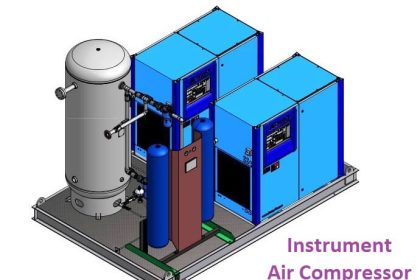
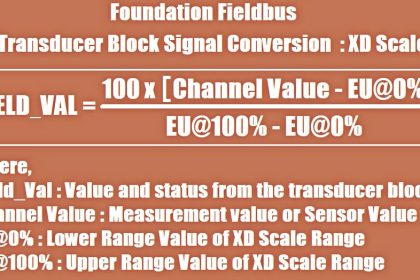
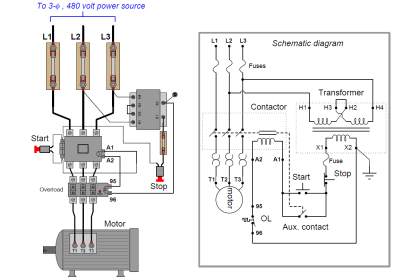
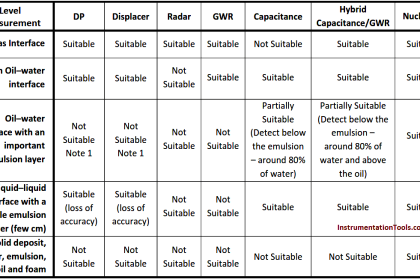

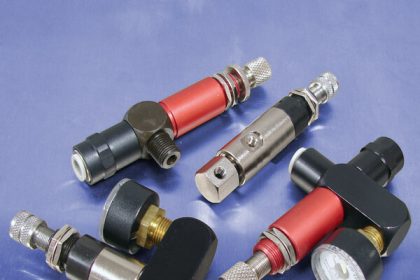

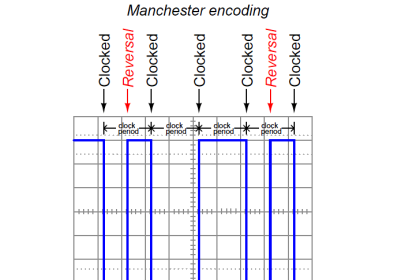

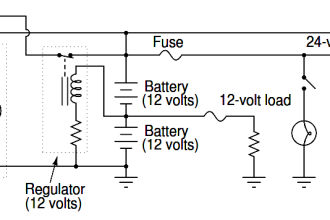
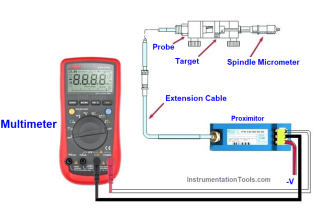
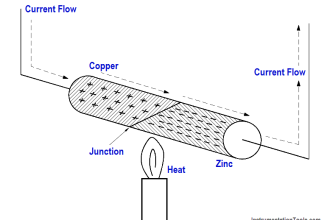
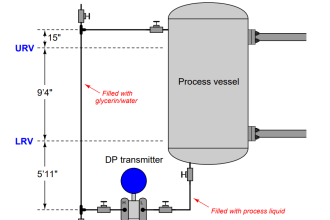
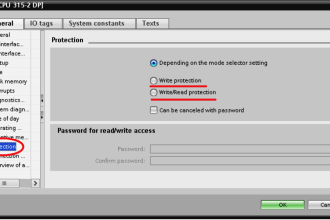
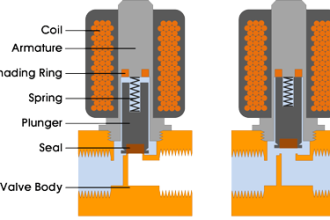


we can use 250 ohms resistance in hart communicator online with dcs